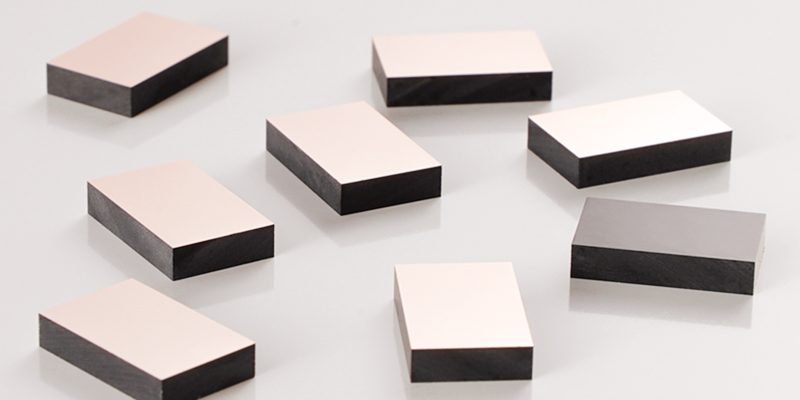In the field of optics, optical filters play a crucial role in manipulating light. They are widely used in various applications, from scientific research to everyday devices such as cameras and display screens. Understanding the principle and characteristics of optical filters can help us better appreciate their significance and versatility.

1.Principle of Optical Filters
Optical filters are designed to selectively transmit, reflect, or absorb light of specific wavelengths. This is achieved through several physical mechanisms, with the most common ones being absorption, interference, and diffraction.
Absorption Filters
Absorption filters operate based on the principle of light absorption by certain materials. These filters are typically made of substances that have strong absorption bands at specific wavelengths. When light passes through an absorption filter, photons of the wavelengths corresponding to the absorption bands are absorbed by the filter material. For example, a colored glass filter may absorb certain wavelengths of visible light, allowing only the remaining wavelengths to pass through, thus giving the transmitted light a particular color.
Interference Filters
Interference filters work on the principle of light interference. They consist of multiple thin layers of different materials, each with a precise thickness. When light enters an interference filter, it is reflected and refracted at the interfaces between the layers. The reflected waves from different layers can either interfere constructively or destructively. By carefully controlling the thickness of the layers and the refractive indices of the materials, interference filters can be designed to transmit only light of a very narrow range of wavelengths. For instance, a Fabry – Pérot interferometer – based filter can be used to select a single wavelength from a broad – spectrum light source, which is widely used in optical communication systems to separate different wavelength – division – multiplexed signals.

Diffraction Filters
Diffraction filters, such as diffraction gratings, rely on the phenomenon of diffraction. A diffraction grating is a periodic structure, usually a series of closely spaced parallel grooves or lines. When light falls on a diffraction grating, it is diffracted into different directions depending on the wavelength of the light. The diffracted light forms a pattern of bright and dark fringes, and by choosing the appropriate grating spacing and angle of incidence, specific wavelengths can be separated and selected. Diffraction filters are often used in spectrometers to analyze the spectral composition of light sources.
2.Characteristics of Optical Filters
Wavelength Selectivity
One of the most important characteristics of optical filters is their wavelength selectivity. Different types of filters can achieve varying degrees of wavelength selectivity. Narrow – band filters can select a very narrow range of wavelengths, sometimes with a bandwidth as small as a few nanometers. For example, in fluorescence microscopy, narrow – band interference filters are used to isolate the fluorescence emission wavelengths from the excitation wavelengths, enabling clear imaging of fluorescent – labeled samples. Broad – band filters, on the other hand, transmit or block a relatively wide range of wavelengths. They are often used in applications where a general filtering of a certain spectral region is required, such as in color – correction filters for cameras.

Transmission and Reflection
Optical filters are characterized by their transmission and reflection properties. High – quality filters are designed to have high transmission for the desired wavelengths and low transmission (high reflection or absorption) for the unwanted wavelengths. The transmission and reflection coefficients of a filter can be adjusted by controlling the material properties and the structure of the filter. For example, in antireflection coatings, the goal is to reduce the reflection of light at the surface of optical components, which is achieved by using thin – film coatings with specific refractive indices to interfere destructively with the reflected light, thus increasing the transmission of light through the component.
Durability and Stability
In practical applications, optical filters need to be durable and stable. They should maintain their optical properties over time, even when exposed to environmental factors such as temperature, humidity, and mechanical stress. Filters made of high – quality materials and with proper manufacturing processes can have excellent durability. For example, filters used in space – based optical instruments are designed to withstand extreme temperature variations and high – energy radiation in space, ensuring reliable operation over long – term missions.
In conclusion, optical filters are essential components in optics, with their operation based on absorption, interference, and diffraction principles. Their characteristics, including wavelength selectivity, transmission and reflection properties, and durability, make them suitable for a wide range of applications. As technology advances, optical filters are expected to become more precise, efficient, and versatile, further expanding their applications in various fields.







